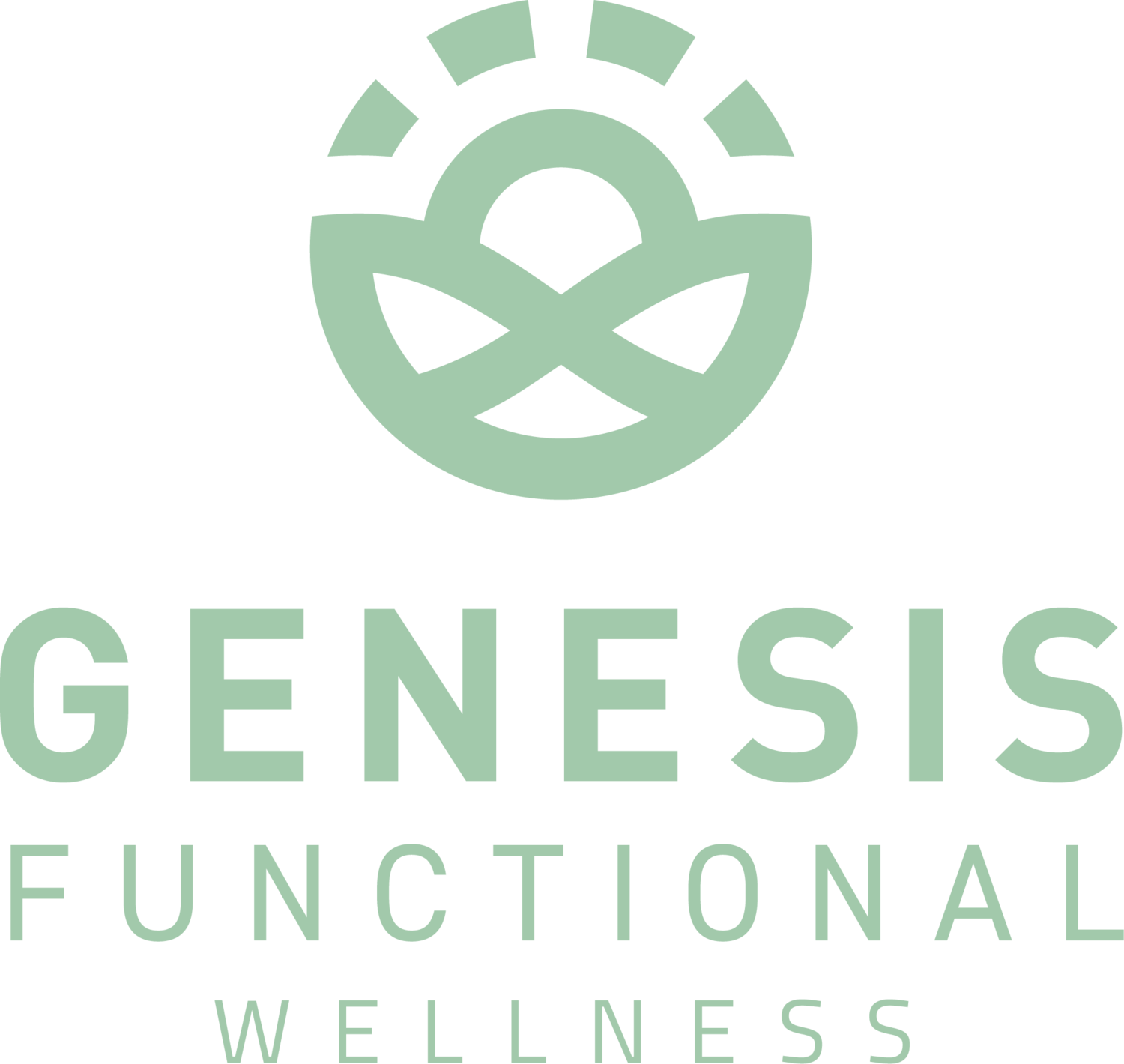Chronic Inflammation: Sources, Lab Markers, and Natural Ways To Dramatically Reduce It
Sneaking beneath most chronic diseases lies a problem that most of us fail to recognize. It can cause pain, sleep loss, exhaustion and weight gain. It is also a debilitating factor in diseases like diabetes, arthritis, heart conditions, autoimmune disorders, cancer, Alzheimer’s and other neurological diseases (1).
The main point? It impacts every chronic illness but controlling it could prevent those very same illnesses. Properly managing this one thing can dramatically change the outcomes for those who suffer chronically.
Okay, okay, you probably already know the answer from the title and the bold fonts below…I’m talking about inflammation.
Inflammation has become a hot topic in the world of health. Years ago, leaky gut was known to be the source of illness; inflammation is today’s leaky gut. If you have done health-related research, you’ve most likely stumbled across the term “inflammation.”
This whole concept of inflammation is nothing new and something that functional practitioners have recognized and worked with for several years.
Before we go any further, please know that while inflammation cannot be ignored in healing, it is only a piece of the puzzle.
What is Inflammation?
Inflammation plays a vital role in your body’s attempt to heal and defend itself. It is a process in which the body’s own immune cells release chemicals in response to an injury or foreign substance. During this immune response, inflammation surrounds tissues.
There are two types of inflammation:
Acute – This is a rapid response that calms down within a few hours or days. It works quickly to eliminate invaders and repair or eliminate damaged cells. The chemicals and actions of the immune response cause the area to become red and swollen.
Symptoms of Acute Inflammation:
Pain
Heat
Swelling
Redness
Fever
Loss of function
Itching
Chronic – Chronic inflammation responds quickly but persists for months or years. If the immune response fails to handle the source of inflammation, the cycle perpetuates on, damaging tissues.
Symptoms of Chronic Inflammation:
Fatigue
Mood changes/depression
Weight gain
Rashes
Autoimmune conditions
Poor muscle recovery
Belly fat
Fevers
Pain
Blood sugar issues
Puffy face or eyes
Brain fog
Causes of Inflammation:
Injury/tissue destruction: This includes a bump or scrape, a burn, surgery or the destruction of tissue brought on by an autoimmune condition.
Exercise: Initially, exercise creates an inflammatory response. This drives the body to heal and create new tissue. Tip: Those that are inflamed will have poor muscle recovery when working out.
NOTE: I can hear you saying: “But wait, you mentioned that exercise creates inflammation. Does this mean that I shouldn’t exercise?” No. This is a temporary inflammatory state that initiates healing and new tissue. Those that do have poor recovery after workouts should consider that they could be chronically inflamed. Adding fuel to the fire will result in prolonged muscle soreness and a decline in ability to build muscle. I often have my clients take some form of nitric oxide support before an after workouts to help with recovery.
Infections: Pathogens elicit an immune response, once the pathogen and its byproducts are eliminated, inflammation levels will drop. In a chronic infection, the immune system is constantly engaging with the pathogen. This can lead to chronic conditions and elevated inflammation markers.
Diet: Certain foods elicit an inflammatory response because of their composition (like wheat, dairy and sugar) and /or they can be inflammatory because of an immune reaction to them.
Stress: Stress creates an inflammatory response in the body. Chronic stress = chronic inflammation.
Environmental Toxins: Exposure to toxic chemicals, metals and molds can trigger an immune response that creates inflammation until the toxin is removed or eliminated.
NF-kB amplifying loop: Nuclear factor kappa-B or NF-kB is a protein that controls DNA transcription and is involved in all mechanisms of inflammation in the body. It has been shown to promote insulin resistance, obesity and intestinal permeability. (2, 3) This loop can be responsible for acute phase reactants alone without another stressor driving it. NF-kB is found to be chronically active in many inflammatory conditions. Once the NF-kB amplifying loop has been activated, it can persist and encourage chronic inflammation. (4)
How Can Lab Work Show How Inflamed I Am?
Acute Phases Reactants:
There are several proteins that are altered during an inflammatory state, known as acute-phase reactants (APR). They change in response to an increase of cytokines like IL-1, IL-6, IL-8, IL and TNF. Some of these protein markers are often seen on routine blood tests. Looking for and identifying these APRs can give the healthcare professional a better insight into how inflamed an individual may be where to look next to identify causes.
APRs are biomarkers found in the blood and increase or decrease in response to an inflammatory condition. APRs that increase in response to inflammation is called positive acute-phase reactants and those that decrease are called negative acute phase reactants. In an acute situation, these markers fluctuate and then eventually return to normal after the infection or injury is healed.
In chronic conditions, like an autoimmune disease, the inflammation (in the case of autoimmunity, this would be inflammation from a particular tissue being destroyed) continues for months or even years. Although initially considered acute markers, the APRs would stay abnormal for a prolonged period of time.
Some Common lab markers for inflammation or APR’s:
C-Reactive Protein (CRP) is a protein that increases in the blood in response to inflammation, infection, following a heart attack, surgery, trauma, tissue death or autoimmune diseases. I like to see this number below 1 mg/L. Anything above that, I look further into it.
Range: <1 mg/L
Ferritin is a protein that contains iron and is the primary form of iron stored inside the cells. In an inflammatory state, it will be elevated. Other tests and factors need to be done to fully understand if this number is totally inflammation driven.
High-Density Lipoprotein (HDL) is one of the classes of lipoproteins that removes cholesterol from the arteries bringing the damaged cholesterol back to the liver for repair. It is often referenced to as the “good” cholesterol. HDL will increase with inflammation and should be between 55-100 mg/dL.
Range: 55-100 mg/dL
Fibrinogen is a coagulation factor that is needed for blood clot formation. There are two tests here: a fibrinogen activity test and a fibrinogen antigen test. The fibrinogen activity test measures how well fibrinogen does its job in forming a clot, while the fibrinogen antigen test measures the amount of fibrinogen in the blood. In an inflammatory state, fibrinogen levels in the blood rise. Fibrinogen activity should be 193-507 mg/dL and the fibrinogen antigen test should be within local lab limits.
Range: 193-507 mg/dL
Albumin is a protein made by the liver. It keeps tissues healthy and transports vitamins, hormones and other substances throughout the body. Inflammation can suppress albumin synthesis resulting in low levels of albumin. Albumin should be 4.0-5.0 g/dL.
Range: 4.0-5.0 g/dL
Total Cholesterol sometimes gets a bad rap, but cholesterol is actually an antioxidant, a precursor to hormones, and an integral part of our cellular membranes structure. Cholesterol is so precious to our bodies that it mostly made endogenously (80%-90%) and recycled. Inflammation can suppress cholesterol synthesis in the liver. Low cholesterol levels can indicate inflammation. Cholesterol should be between 150-199 mg/dL.
Range: 150-199 mg/dL
Lactate Dehydrogenase (LDH or LD) is an enzyme that is involved in energy production and is found in almost all of our cells. It is found in abundance in the heart, liver, kidneys, muscles and lungs. In some inflammatory conditions, tissue is destroyed, as this happens, LDH is released from the cells. An increase of LDH usually indicates tissue destruction somewhere in the body. LDH should be 140-180 IU/L.
Range: 140-180 IU/L
White Blood Cells (WBC) will eventually decrease in a chronic inflammatory state, infection or an autoimmune disease. In initial stages of infection, WBC levels increase, but overtime, if the infection persists WBC will start to drop. So, you could have increased or decreased WBC. The tricky part is, when the stressor has gone on long enough to deplete the WBC’s; as they fall, they can look normal. I like to see WBC’s between 6.0-8.0 x10E3/uL. (5)
Range: 6.0-8.0 x10E3/uL
*Please note that all ranges given are reflective of functional lab ranges and not necessarily reflective of local lab ranges. Functional ranges are typically tighter and are reflective of optimal ranges for health.
How Can I Reduce My Level of Inflammation?
Remove or Correct What is Driving the Inflammation:
As previously stated, the causative agent needs to be taken care of. If this is a food, then removing it will dampen down the immune response that is driving the inflammation. If it is an infection, then the infection needs to be dealt with. If it is an autoimmune condition (they are very inflammatory in nature) working with a functional practitioner that is trained to deal with autoimmunity is important.
Blood sugar dysregulation is, even minor, can contribute to inflammation throughout the body. And alternately, inflammation can cause blood sugar dysregulation. Symptoms can include sleep issues, anxiety, brain fog, low energy and sugar cravings.
Diet:
Eating an anti-inflammatory diet like Paleo or even Autoimmune Paleo (AIP) is a crucial foundation that should not be skipped. Thankfully, these diets have gained a lot of popularity in the past decade making recipes and shopping lists readily available online.
Inflammation Reducing Supplements:
There are a number of different anti-inflammatories. The right combination and dose look different for everybody. Here are a few that pack quite a punch:
1. Curcumin and Resveratrol
Curcumin is one of the most abundant curcuminoids found in the turmeric. Curcumin is a strong anti-inflammatory herb that has been found to be as effective as some drugs for inflammation. (6, 7) It also is a powerful NF-kB amplifying loop inhibitor. It has been found in several studies to have powerful anti-inflammatory, anti-cancer, antioxidant and anti-microbial properties making it an important therapeutic agent in most degenerative and inflammatory conditions. (8)
Resveratrol is an antioxidant compound found in the skin of grapes and some other foods. Its richest source comes from the herb Japanese Knotweed. Resveratrol has impressive anti-inflammatory and immunomodulating (alters the immune response to a desirable level) abilities as well as osteo-protective properties. (9, 10)
2. Vitamin D
It has long been known that Vitamin D is important for bone health, but since this discovery, it has also been found to have potent anti-inflammatory properties. Our immune function depends on it as Vitamin D Receptors (VDR) can be found on all our immune cells. Those with chronic inflammatory conditions are often found to have low Vitamin D status. (11, 12) I can back this up with my own experience as I will often find low Vitamin D status in those with chronic inflammatory conditions.
3. Glutathione
Glutathione is an important antioxidant found in large quantities in most human tissues, especially in the liver. Your body naturally produces its own glutathione but over time, aforementioned stressors can deplete it. Low glutathione levels have been found in those with chronic illness. (13, 14, 15) Replenishing glutathione levels is crucial in recovery from chronic illness and can help prevent illness.
If you think you are experiencing inflammation of any kind, please reach out to schedule an appointment and get tested. Discovering causes now can prevent chronic illnesses from developing down the road.
1. http://www.statistics.ge/tag/turmeric/
5. https://labtestsonline.org/
15. Murali M Yallapu, Meena Jaggi and Subhash C Chauhan. Curcumin nanoformulations: a future nanomedicine for cancer. Drug Discov Today. 2012 Jan; 17(1-2): 71–80.


